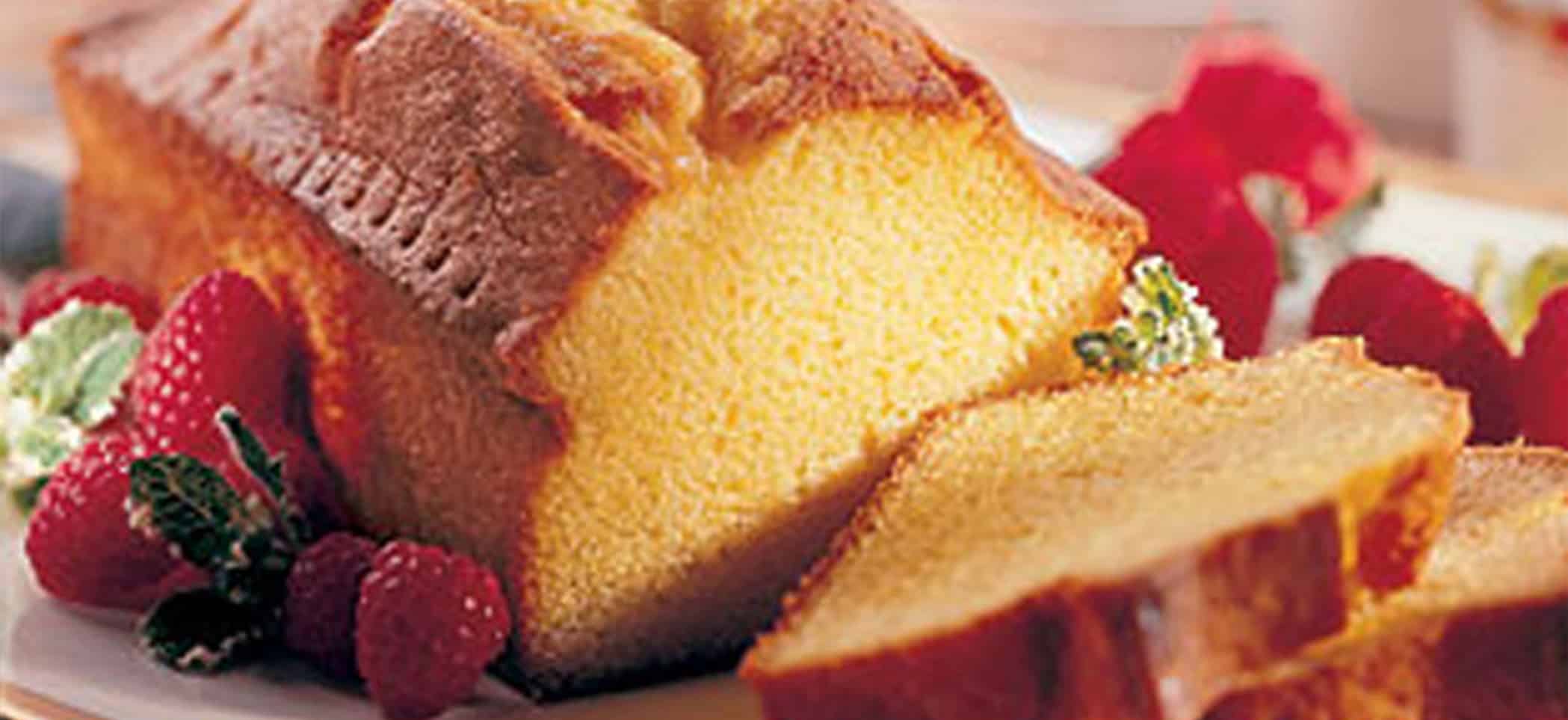Humectancy, particularly in baked goods, requires the formulator achieve a delicate balance between moist eating quality and water activity control. Too much water activity will prompt mold growth, effectively ending the product’s shelf life. Too little water, in the case of staling or retrogradation, and the product also is no longer suitable for consumption. Egg products can assist with moisture control by binding water, helping with humectancy or by adding a coating to help trap moisture in the finished product.1
Each type of baked good, depending on the ratio of its individual ingredients, will exhibit a different relationship between its moisture content and its water activity level or aw.2
Egg proteins bind water making it less available for microorganisms to grow and cause spoilage.3 Overall, eggs help reduce moisture loss from the baked product to extend shelf life by helping form proper cell structure of the baked product. Proper cell structure traps moisture and holds it, whereas retrogradation or staling occurs when these cell structures collapse.1
Particularly in gluten-free formulating, egg products help contribute humectancy, to help optimize moisture, not just for better shelf life, but also for better product density and rise.4
References
- American Egg Board. “Extending the Shelf Life of Baked Goods.” YouTube, narrated by Shelly McKee, Ph.D., Associate Professor, Department of Poultry Science, Auburn University, Auburn, AL; Feb. 29, 2012
- Pyler EJ and Gorton LA. (2010). Baking Science & Technology, Fourth Edition, Volume 1, Sosland Publishing Co., Kansas City, Missouri, USA
- Introduction to Egg Product Training, USDA Food Safety and ….2015 https://www.fsis.usda.gov/wps/wcm/connect/c5c85914-5055-4f09-8098-1a179a1c6e14/01-Introduction.pdf?MOD=AJPERES (accessed May 15, 2017)
- Vaclavik V, Christian E. (2013). Essentials of Food Science, Fourth Edition, Springer Science & Business Media, Berlin, Germany

